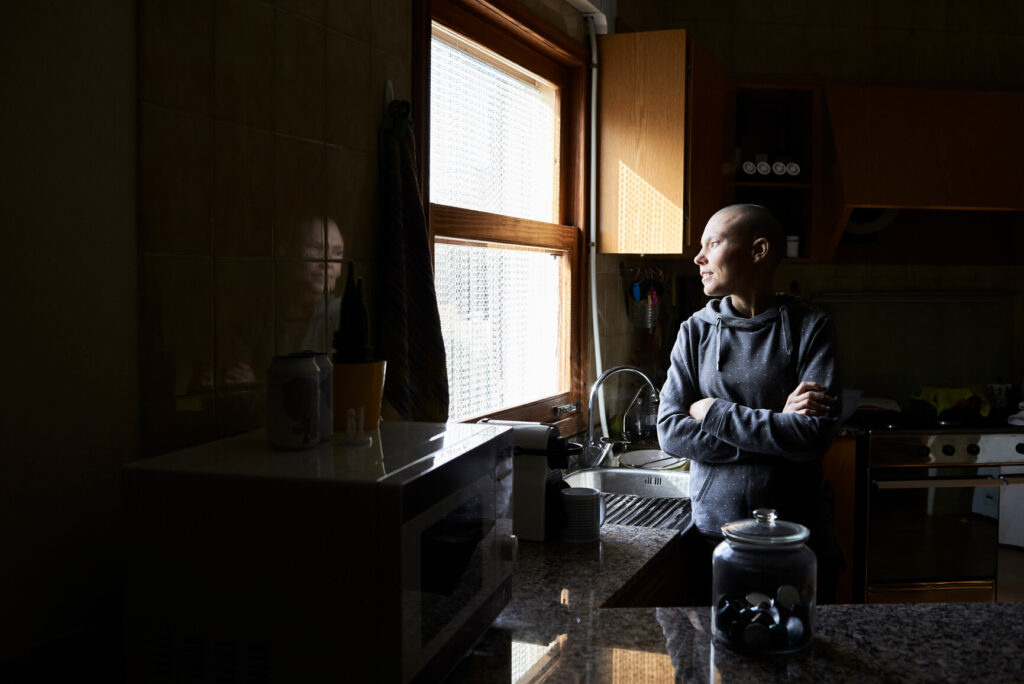News & Articles
Color’s BRCA Test: affordable, accessible, ready to save lives
Jill Hagenkord
For hundreds of years doctors have known that breast cancer can run in families, but not why or how. Then in 1990, Dr. Mary-Claire King and her team published a paper proving the existence of a gene whose mutations cause increased risk for the disease. We now know that this gene, which Dr. King named BRCA1, and a related gene, BRCA2, account for up to 50% of hereditary breast cancers¹and 5–10% of all breast cancers².
Testing guidelines give doctors a chance to prevent women who have a BRCA mutation from getting breast cancer, but only if they’re identified early enough. Today, in honor of Ovarian Cancer Awareness Month and Breast Cancer Awareness Month, we’re pleased to announce a test that can help make that happen. Color’s $99 BRCA Test, the most affordable genetic test for BRCA1 and BRCA2 ever on the market, is now available to any woman who wants to take the first step toward learning her risk for hereditary breast and ovarian cancer.
Unfortunately, not nearly enough people are getting tested. In the US, between 250,000 – 415,000 adult women have a BRCA mutation³. For these hundreds of thousands of women, breast or ovarian cancer is both highly likely and potentially preventable. But more than 90% of people who have BRCA mutations don’t know it.⁴⁵
Until recently, sequencing DNA was very expensive, so medical guidelines recommended testing only for women with a significant personal or family history of breast or ovarian cancer. The cost of DNA sequencing has dropped dramatically in the recent years. Furthermore, research has shown that cancer risks for mutation carriers with no cancer family history are as high as cancer risks for mutation carriers from severely affected families.
From pap smears to HIV testing, the medical community has made great investments in universal, cost low-cost screening programs that empower patients and providers alike. Now BRCA screening joins these programs as a part of routine health care that’s both feasible and sensible. To quote Dr. Mary-Claire King, “no woman with a BRCA1 or BRCA2 mutation should die of breast or ovarian cancer.” Today we begin to make her vision a reality.
Learn more Color’s BRCA Test here.
References
- Tung N, Battelli C, Allen B, et al. Frequency of mutations in individuals with breast cancer referred for BRCA1 and BRCA2 testing using next-generation sequencing with a 25-gene panel. Cancer 2015; 121(1): 25–33.
- Campeau PM, Foulkes WD, Tischkowitz MD. Hereditary breast cancer: New genetic developments, new therapeutic avenues. Human Genetics 2008; 124(1):31–42.
- King MK, Levy-Lahad E, Lahad A. Population-Based Screening for BRCA1 and BRCA2. JAMA 2014; 312(11):1091–1092
- Plichta JK, Griffin M, Thakuria J, et al. What’s New in Genetic Testing for Cancer Susceptibility? Oncology Journal 2016; 30(9):787–99.
- Drohan, B, Roche, C, Cusack, J, et al. Hereditary Breast and Ovarian Cancer and Other Hereditary Syndromes: Using Technology to Identify Carriers. Annals of Surgical Oncology. (2012) 19:1732–1737



